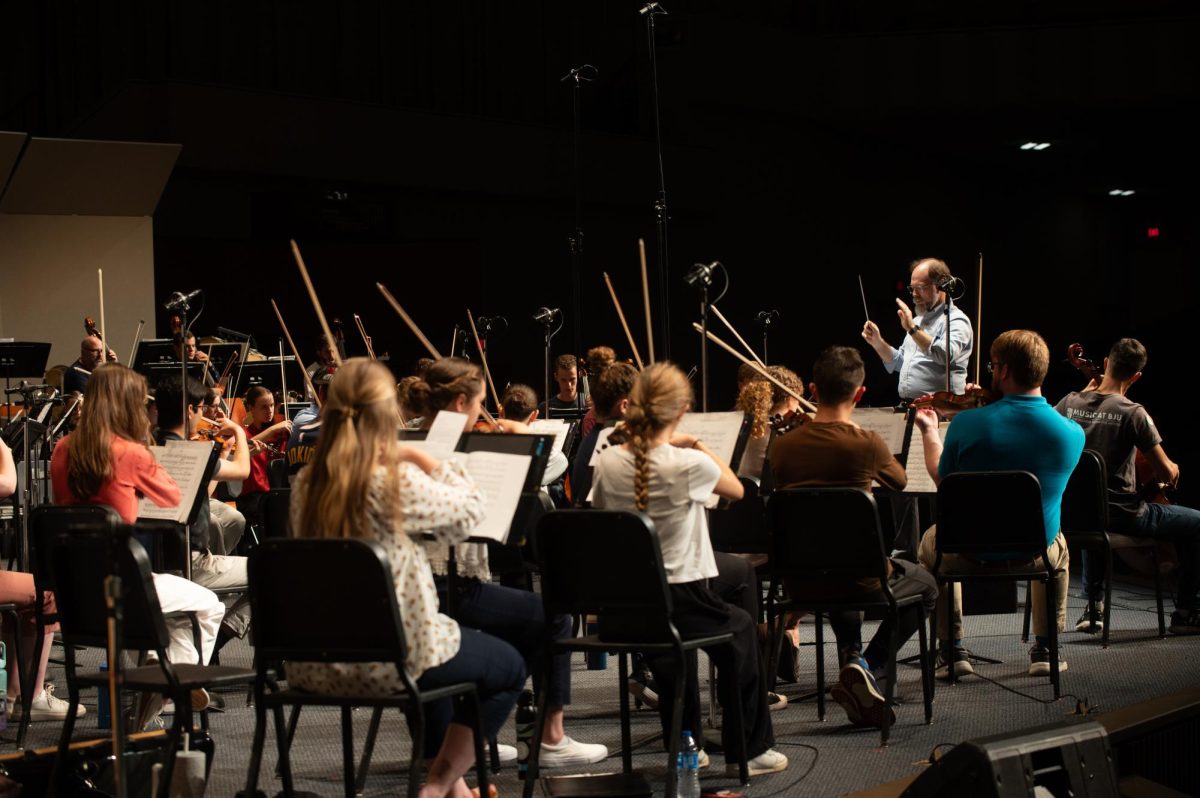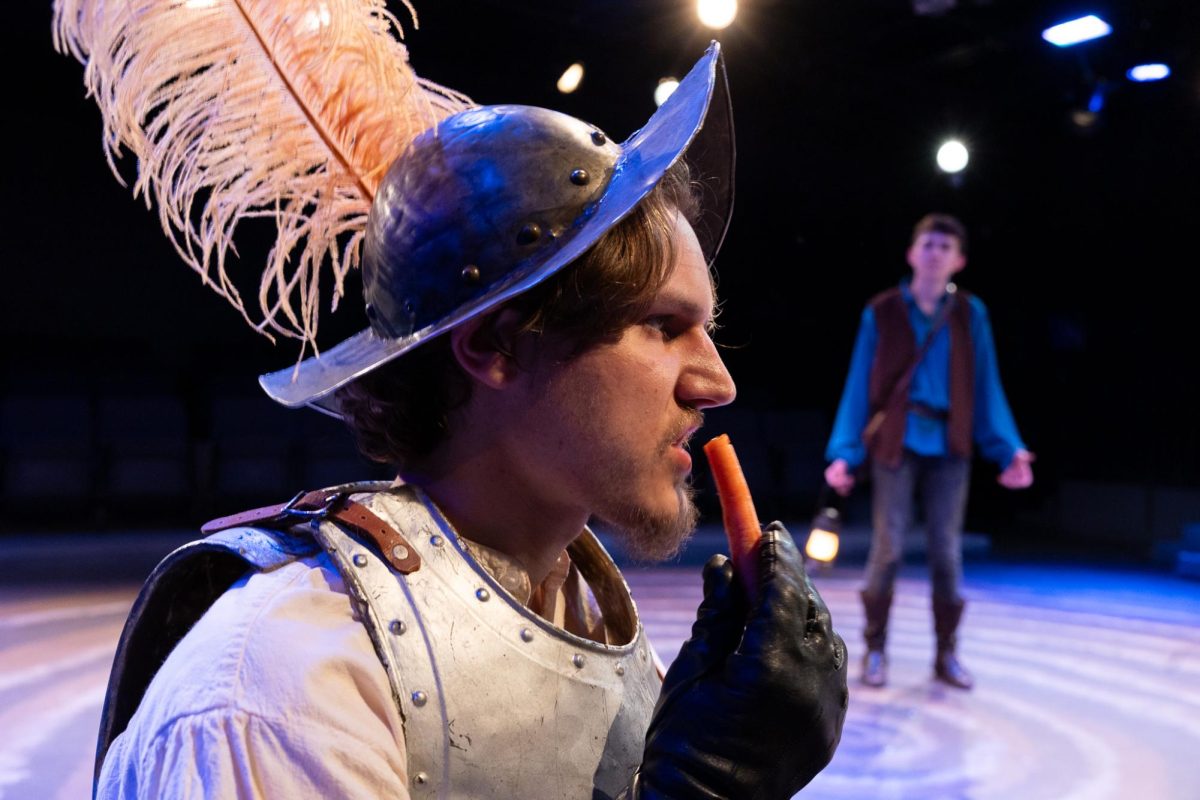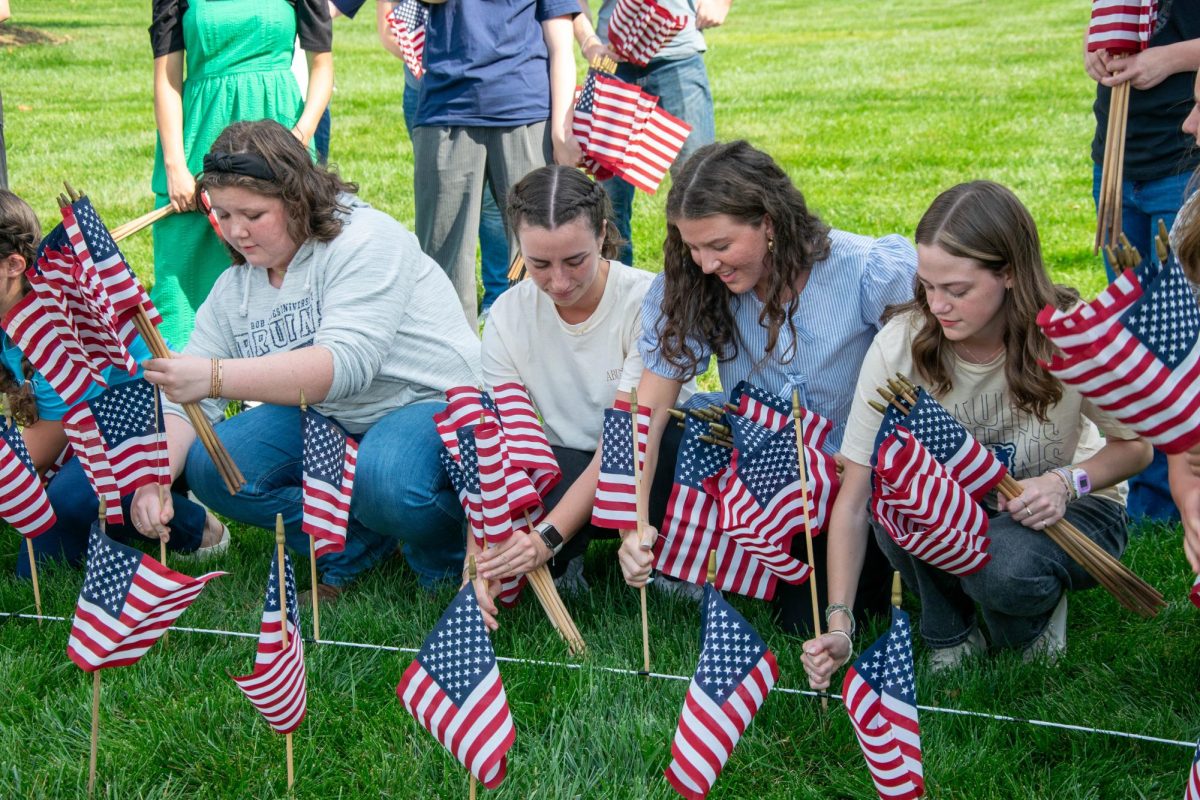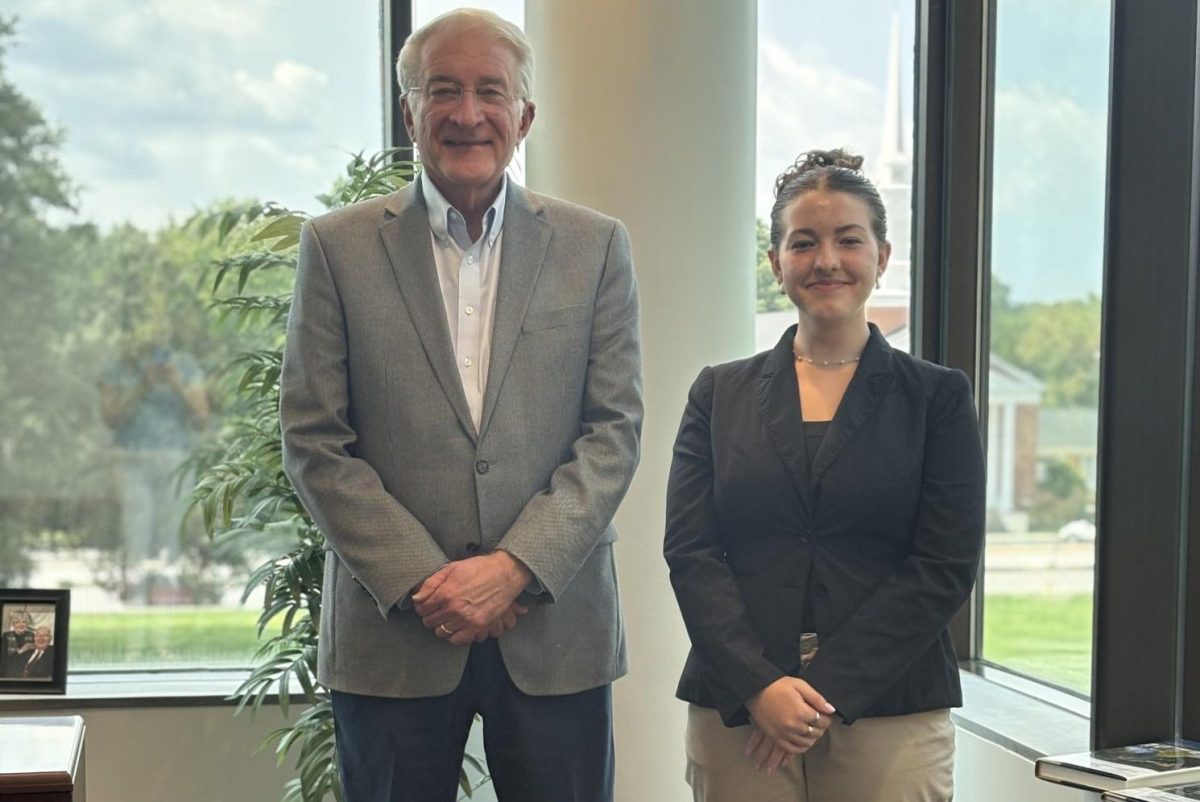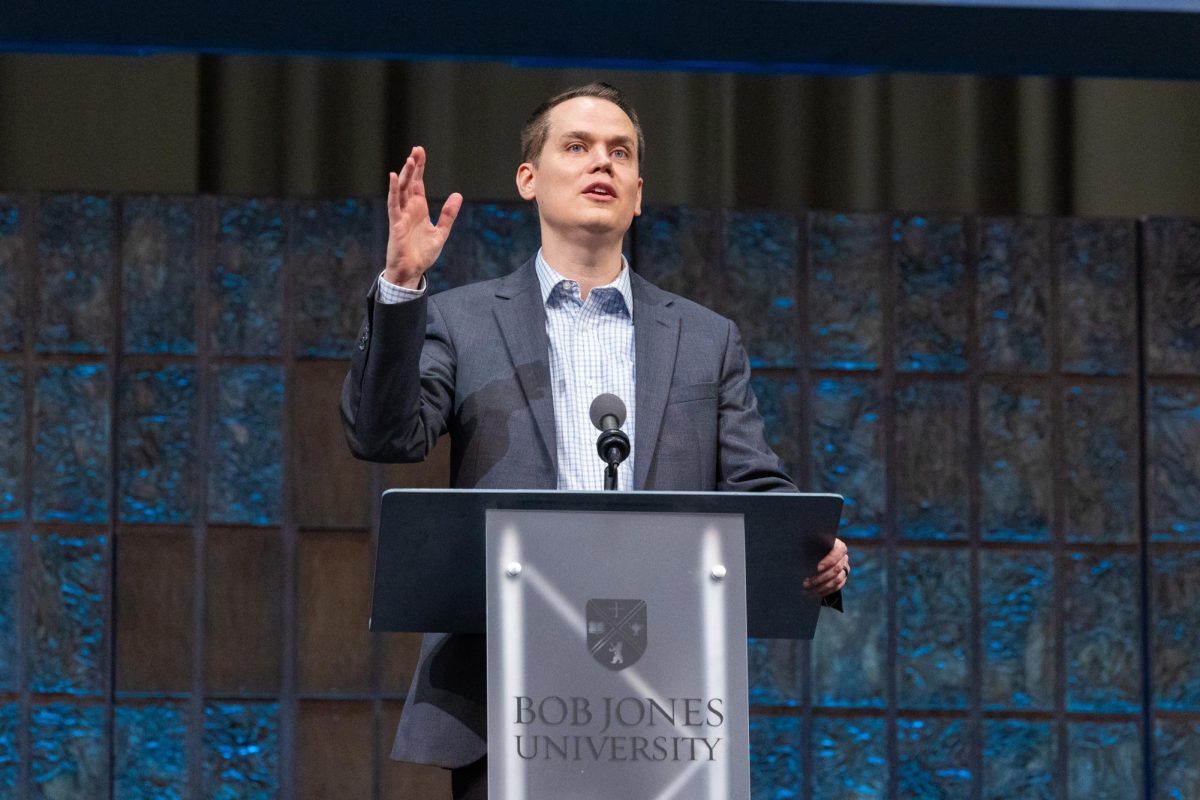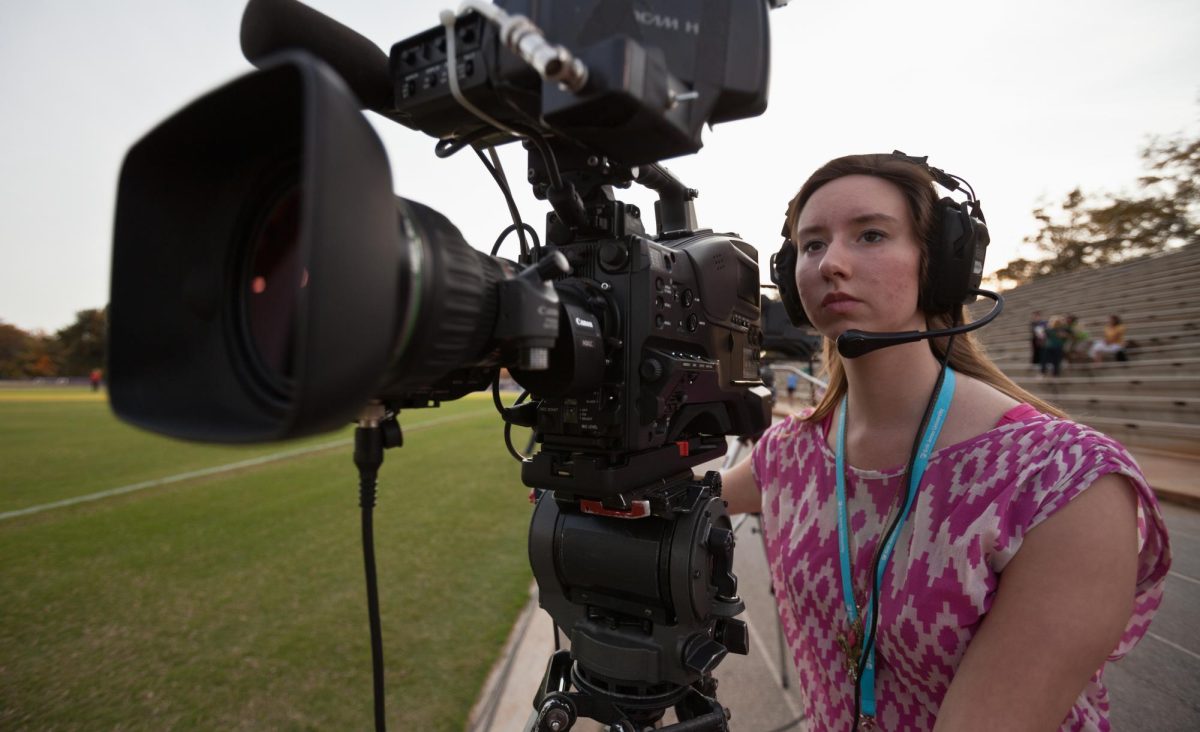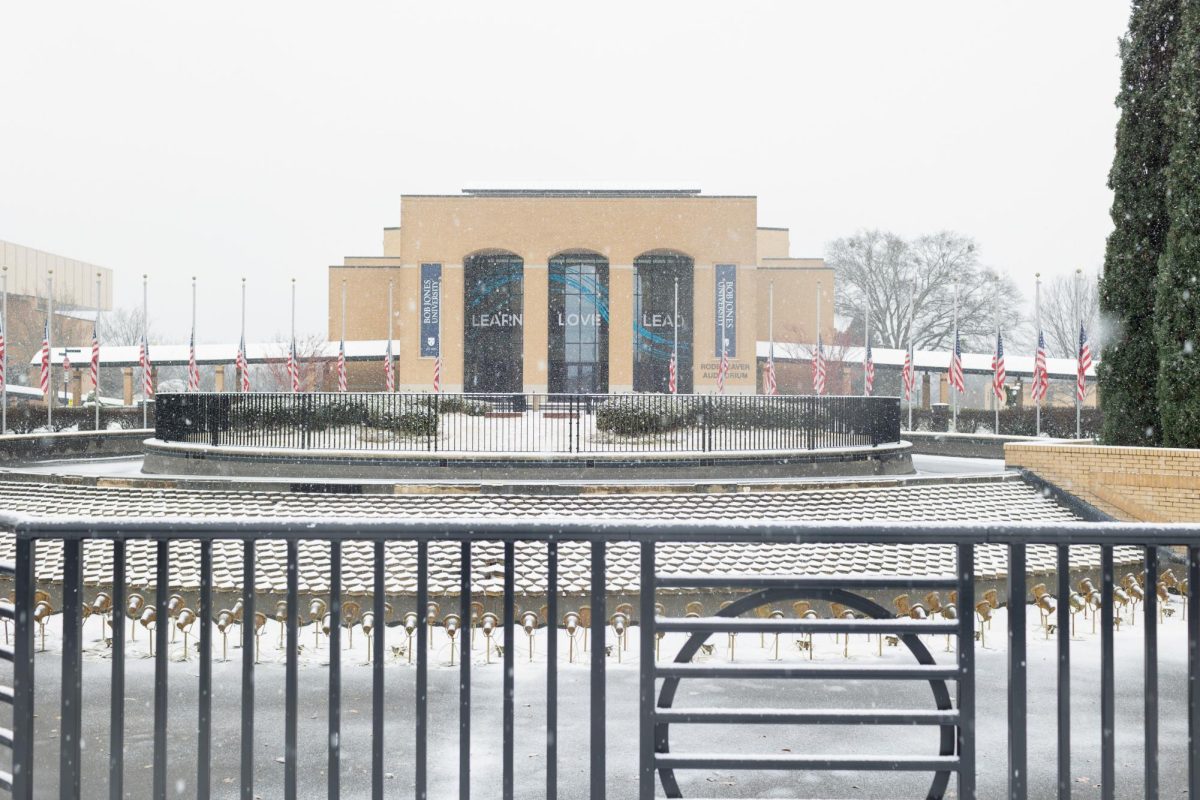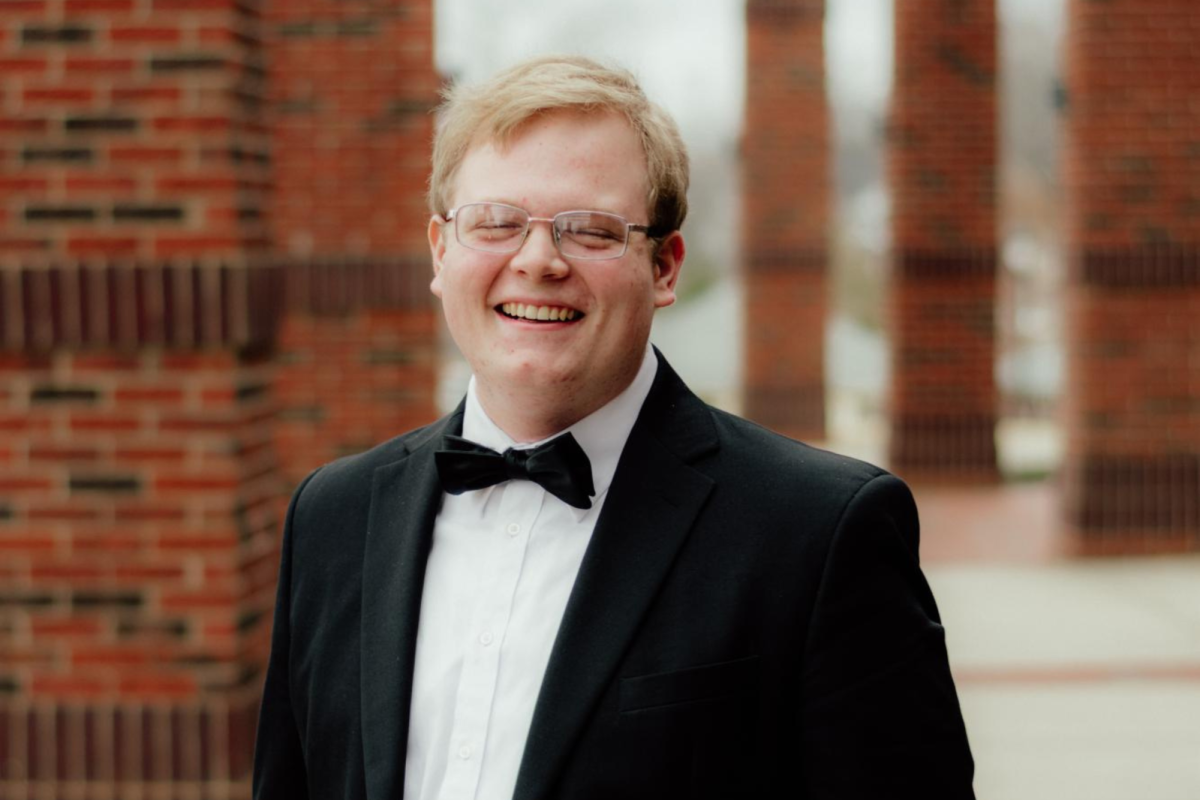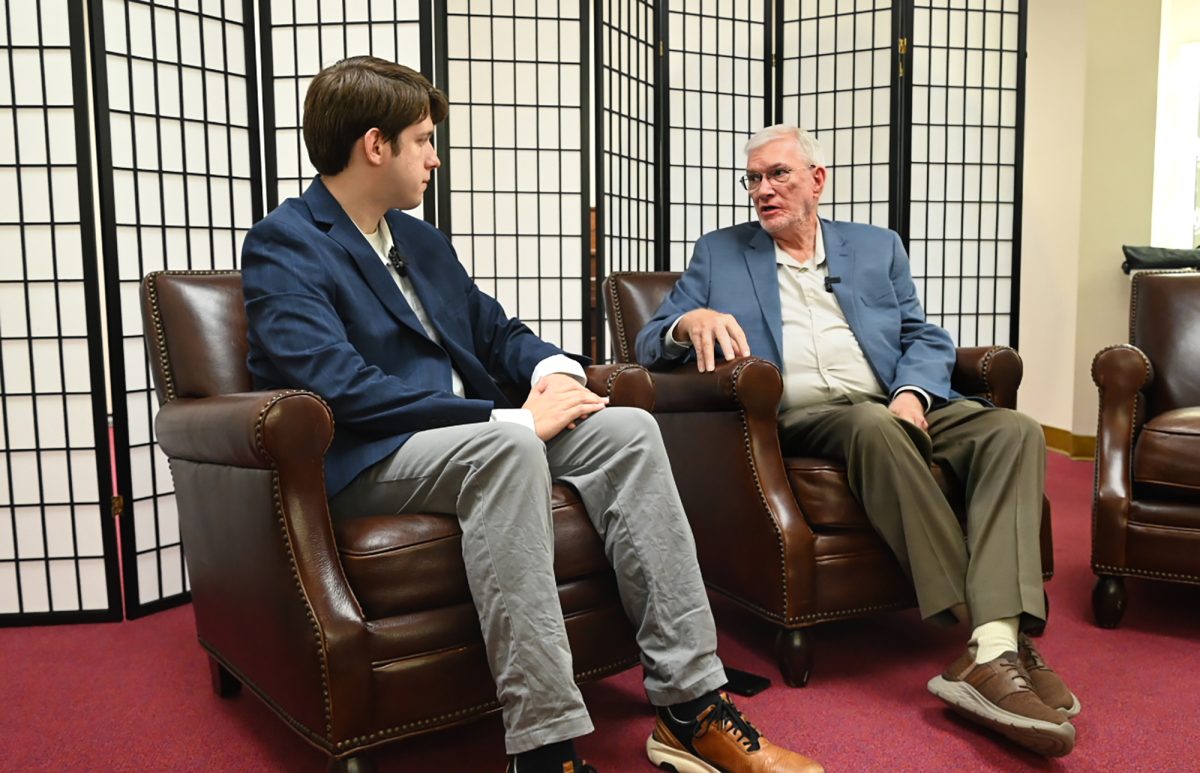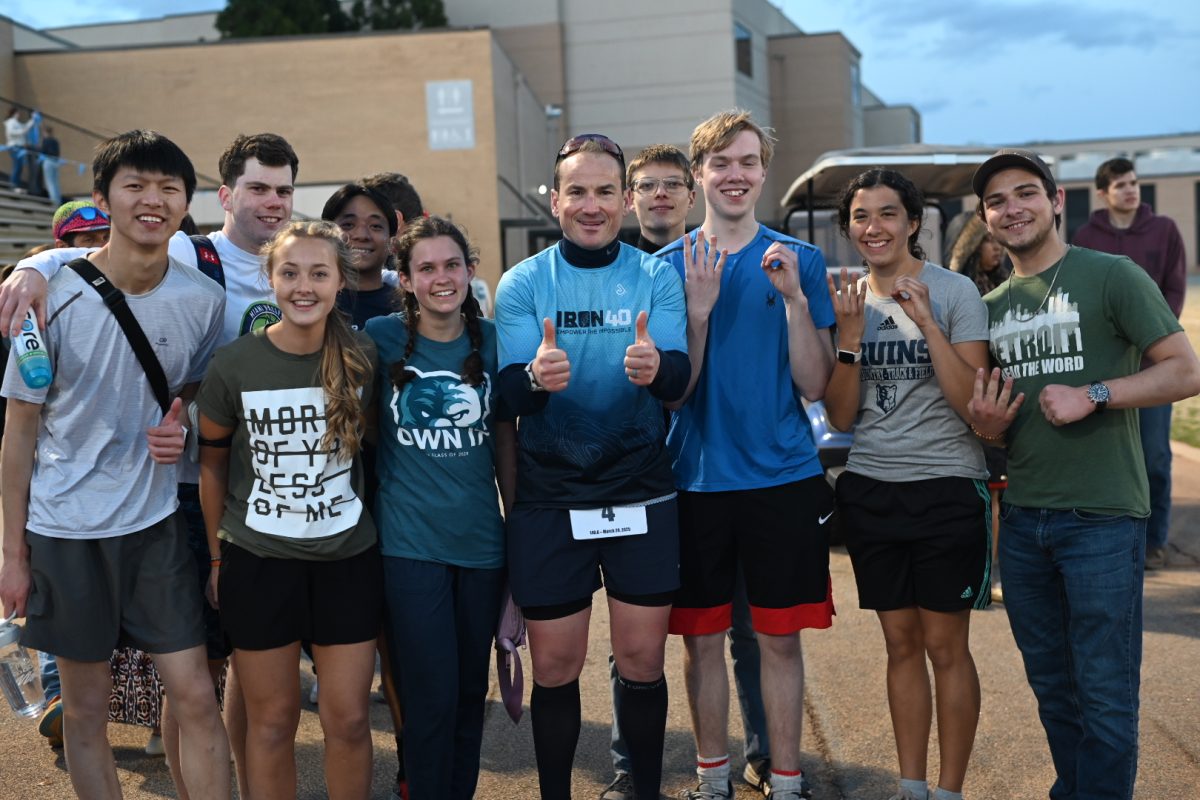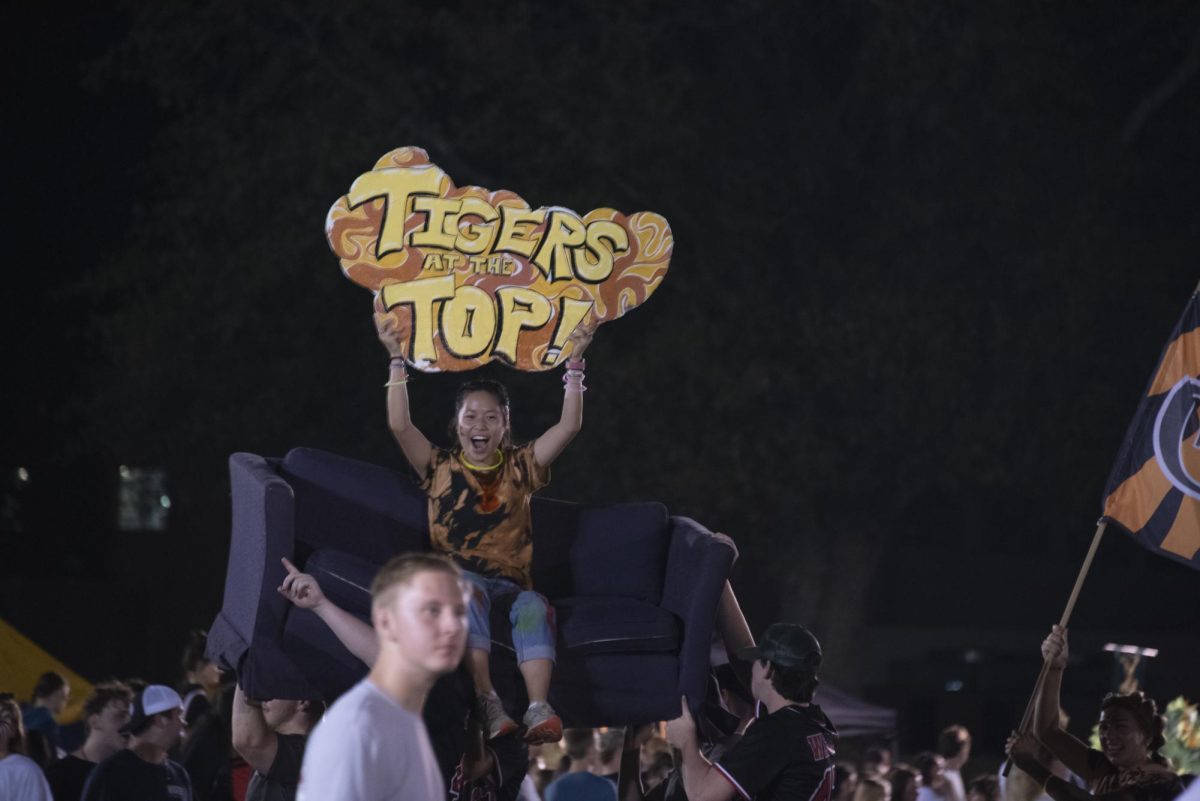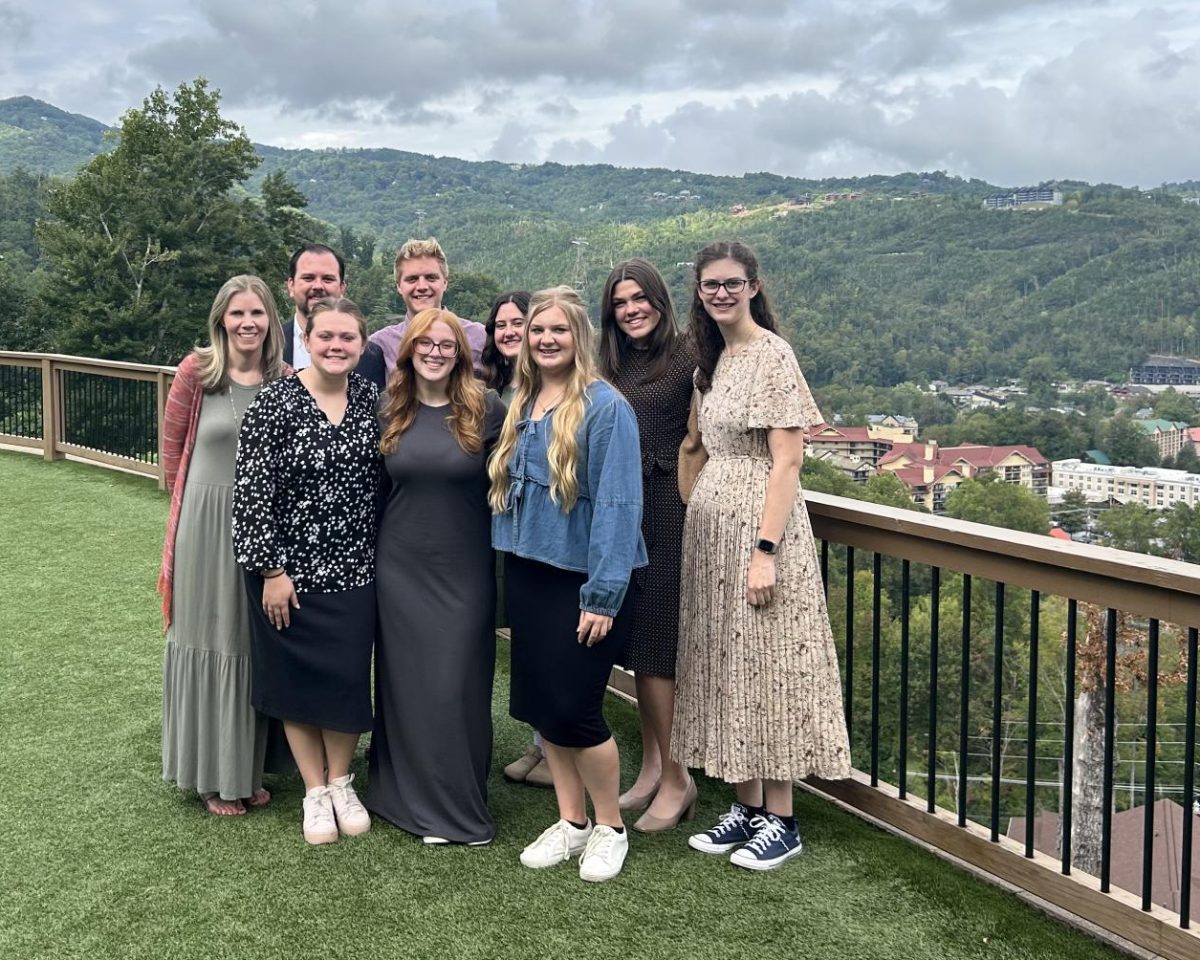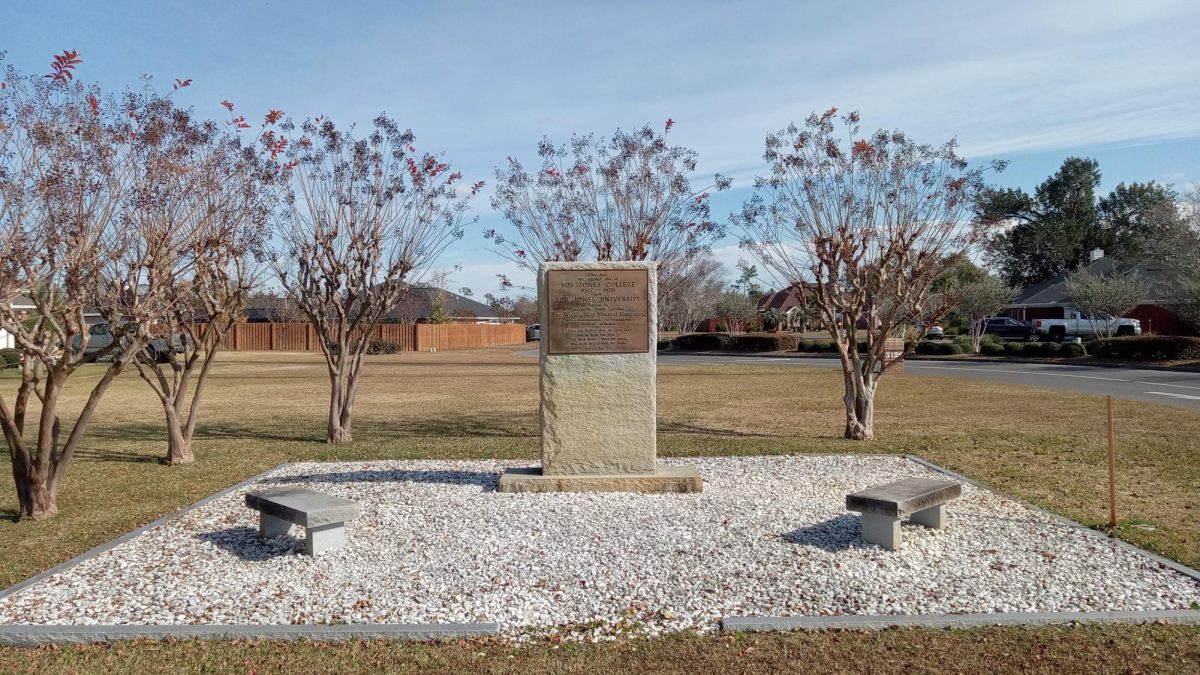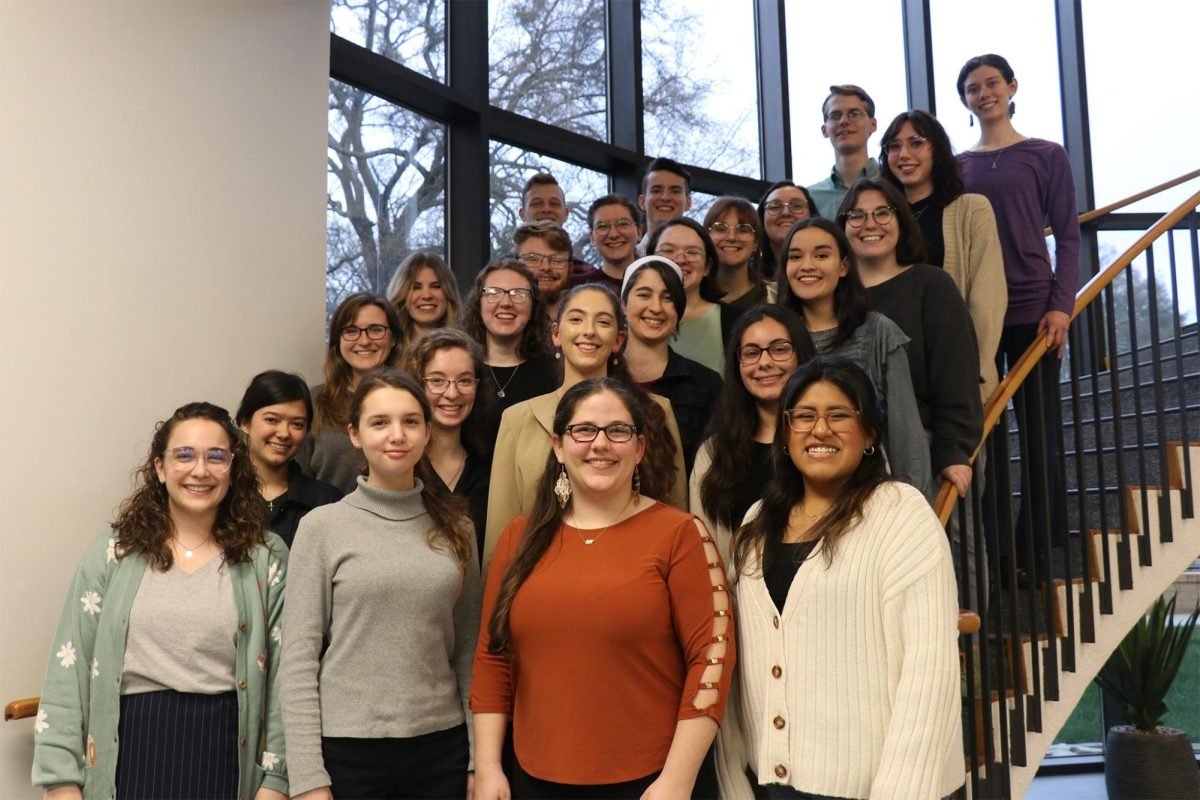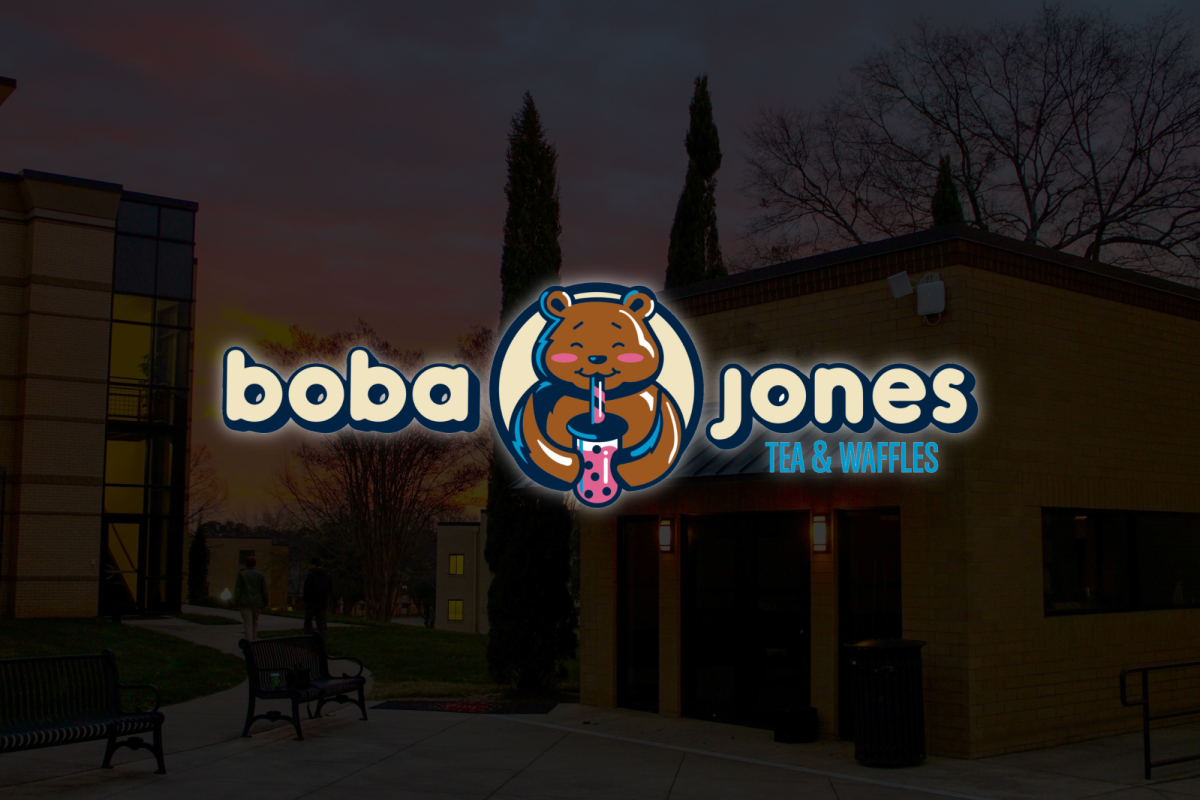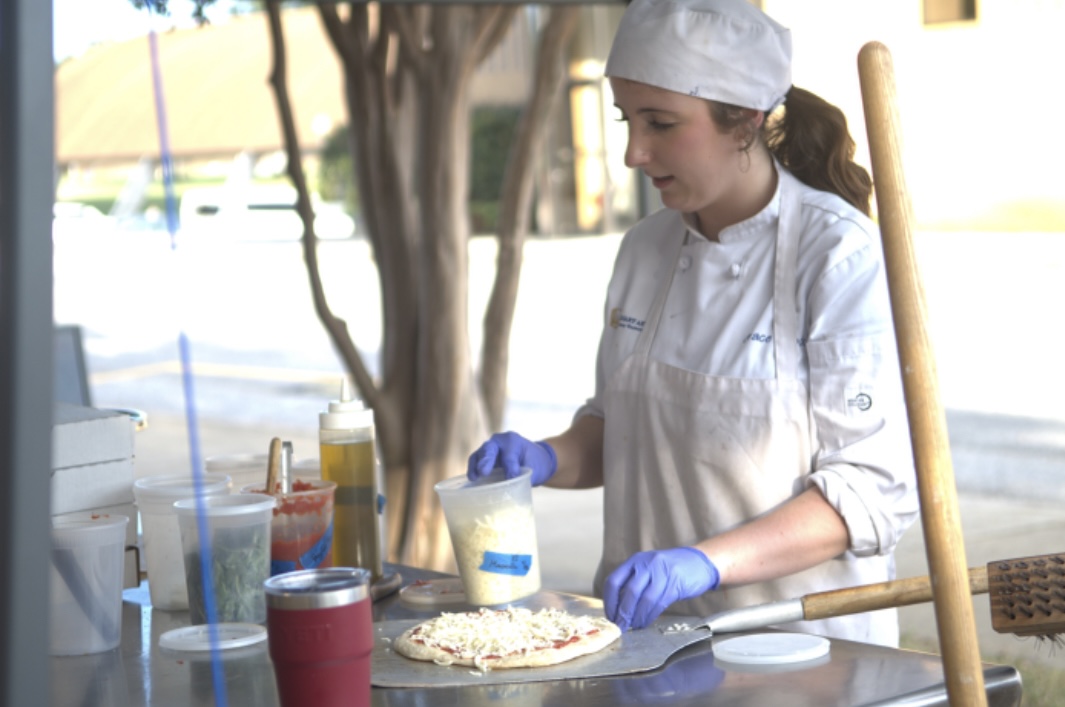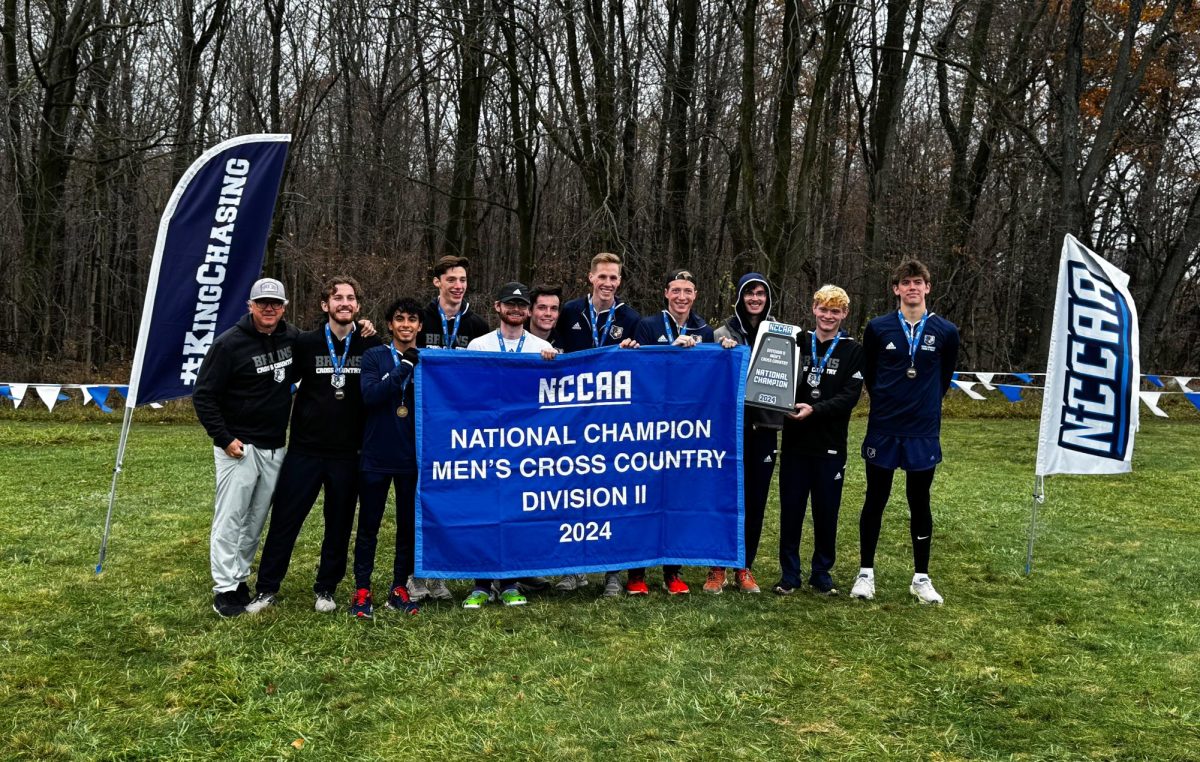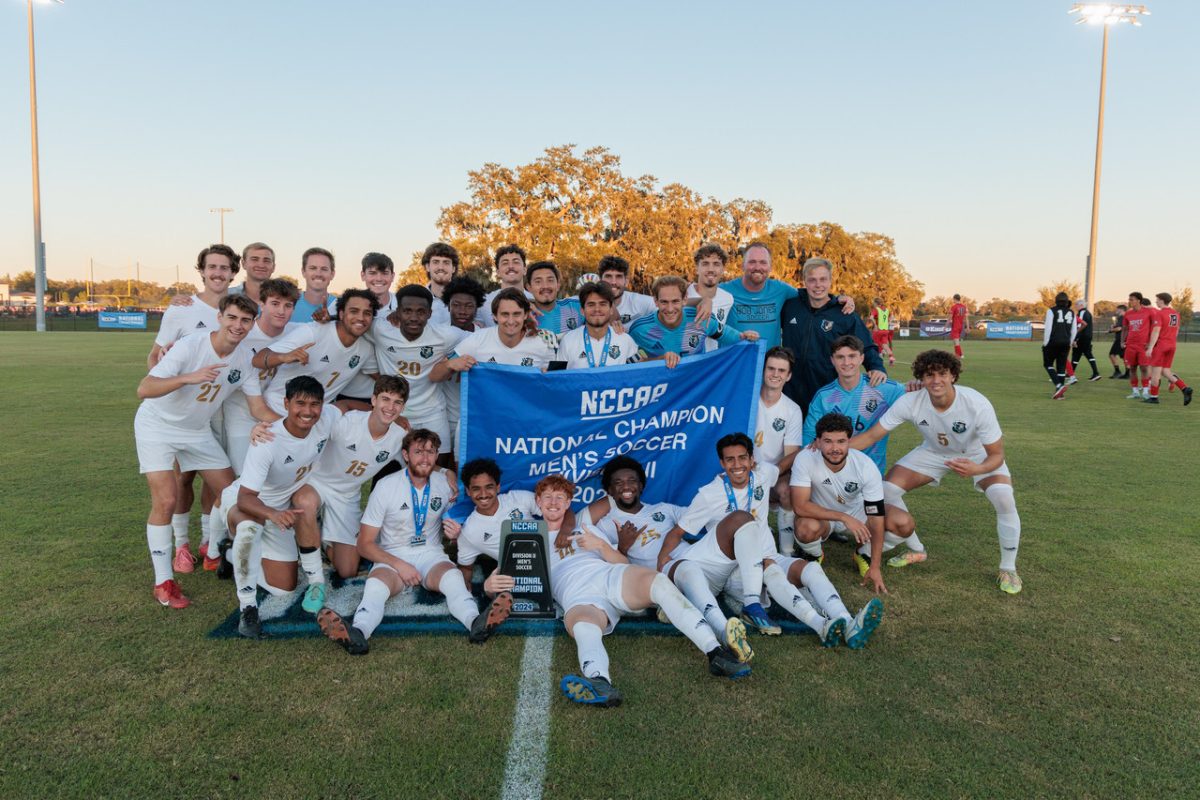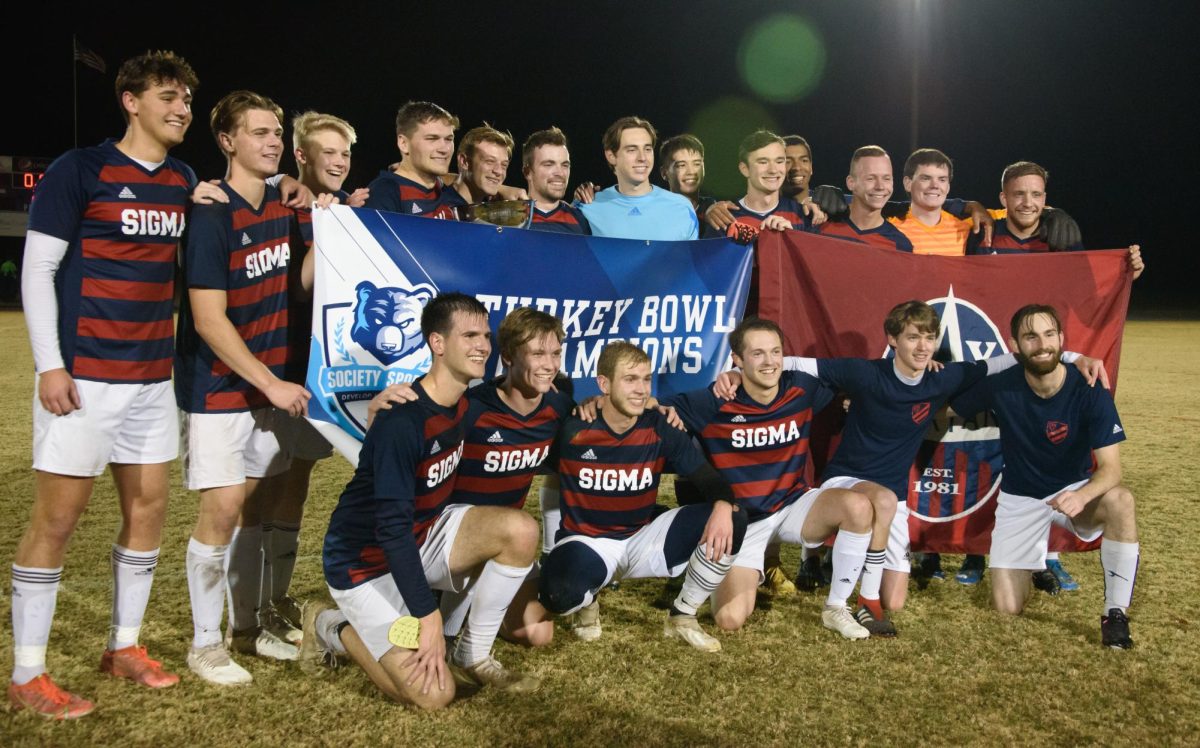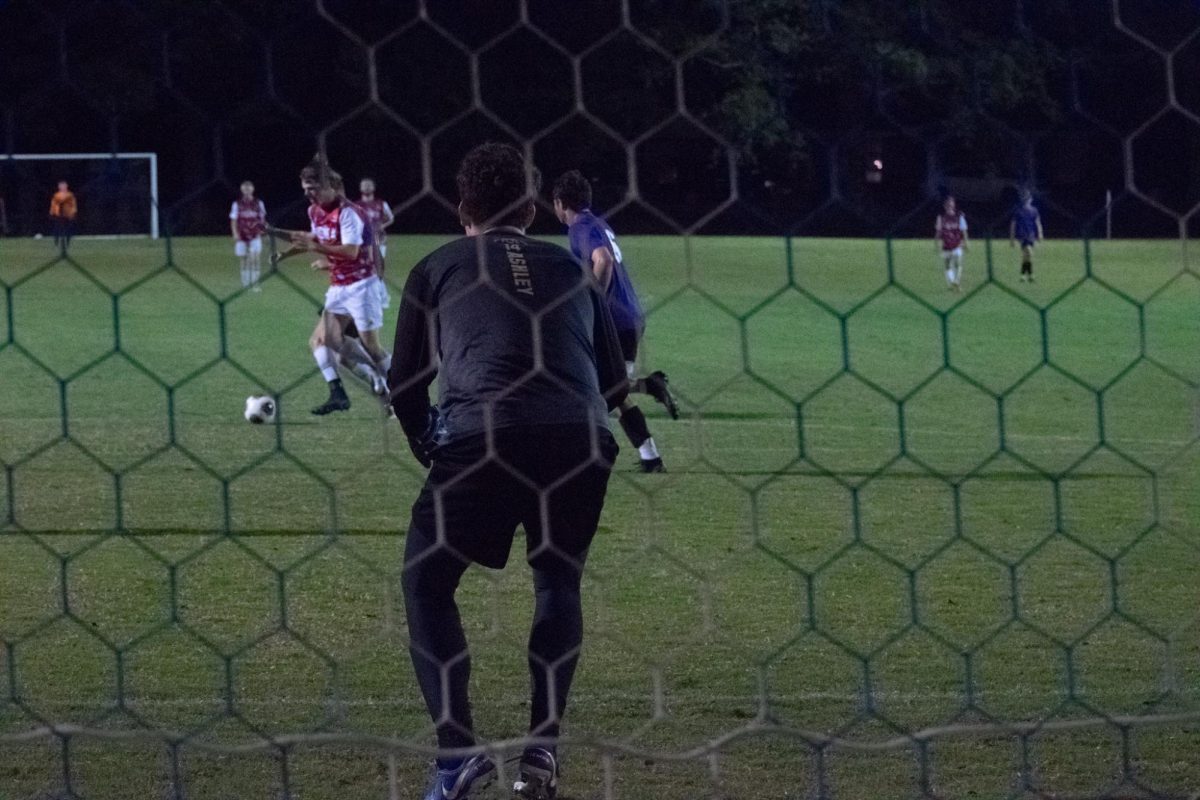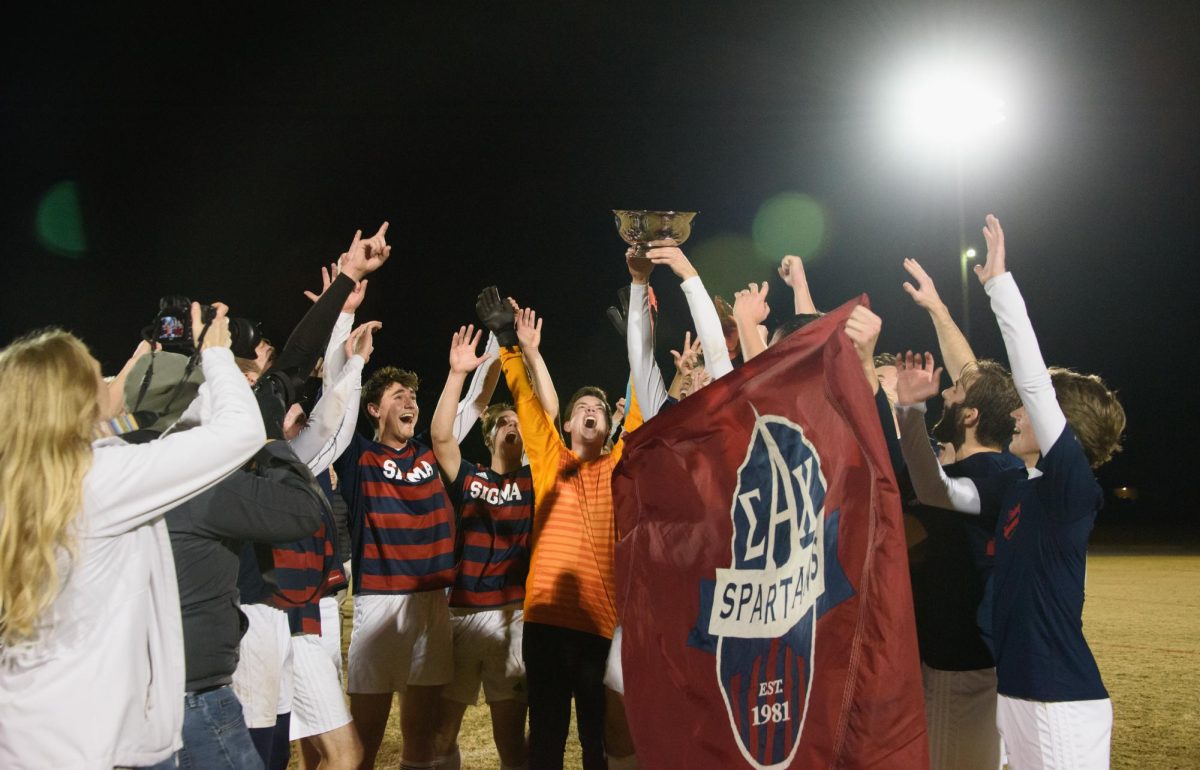When New York City Mayor Michael Bloomberg announced last Friday that Sunday’s marathon in the city would be canceled due to the aftermath of Hurricane Sandy, two distinct reactions emerged.
One came from relieved NYC residents, who had fought to see the race canceled or postponed until the city was in a safer, more recovered state. One Manhattan resident put it this way on Twitter: “The idea of thousands of marathoners staggering around NYC looking for water while so many downtown have none is really unappealing.”
Disappointed runners comprised the other reaction, and they were understandably upset. Being able to run in the NYC Marathon is a dream come true for most runners who have to meet several qualifying prerequisites before they are allowed to race. Participants travel from all around the country—even the world—to take part in the event, and many train for up to three years for the big day.
At first, Bloomberg remained adamant about holding the marathon, saying that the race was a way to lift the city’s spirits by celebrating an international event that draws in 47,000 runners and countless thousands of others who cheer them on.
But in the end, the mayor listened to the voice of the city and called off the race, and the decision has been met with a favorable response. Supplies that were intended for marathon runners, including 600 medical blankets and 10,000 cases of water, were redirected to displaced victims of the hurricane throughout Staten Island and Brooklyn.
Despite the race’s cancellation, hundreds of runners gathered in Central Park to hold their own version of the race. Some passersby jeered at them. Others applauded.
“A lot of people just wanted to finish what they started,” race coordinator Lance Svendsen told the Associated Press. The alternative marathon, titled “Run Anyway,” drew in about 600 runners who weren’t about to pass up on their chance to compete in the race.
But across the Brooklyn Bridge, marathon participants were joining together for a different cause—the NYC Marathon of Relief Effort. Hundreds of runners boarded the Staten Island ferry to deliver aid to Sandy victims throughout the borough, where 19 people were killed by the storm. Some volunteers passed out bottled water and clothing, while others simply comforted displaced residents with their words and a hug.
Although most of the 47,000 marathon runners had their hearts set on competing in the race of their lives, many of them joined together to take part in something that would be more rewarding than any race could ever be.
Ultimately, Bloomberg made the right call by nixing the marathon. Yes, sporting events have the ability to raise people’s morale. But holding a race in the same streets that saw mass destruction just days earlier would have shown an insensitivity to the widespread suffering.


